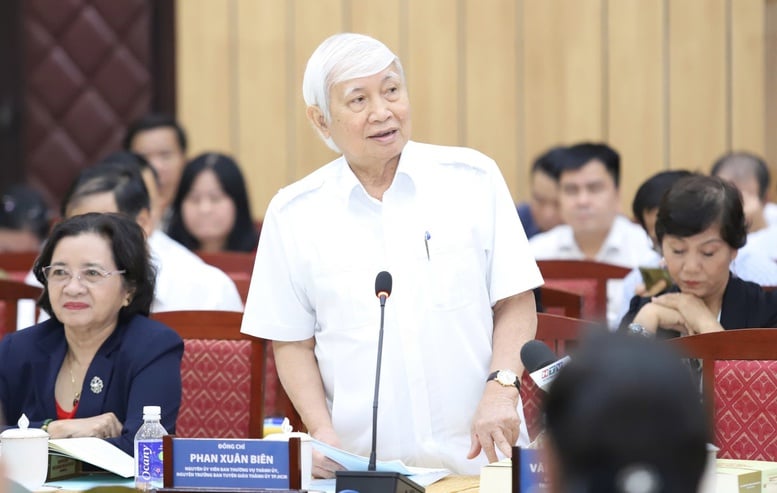
Associate Professor Dr. Phan Xuan Bien, Vice President of the Vietnam Historical Science Association, remembers the dangerous period of Ho Chi Minh City in the early days after liberation - Photo: VGP/Vu Phong
Entering a new era with opportunities and challenges, Ho Chi Minh City continues to promote the spirit of "going ahead - moving forward" by promoting digital transformation, attracting investment, developing modern infrastructure and improving the quality of human resources. With a flexible strategy and long-term vision, Ho Chi Minh City not only maintains its position as a leading economic center but also aims to become a smart, dynamic city, deeply integrated with the region and the world.
Lesson 1: Half a century of strong growth
Once a place that suffered heavy losses after the war, over the past 50 years, Ho Chi Minh City has continuously developed, affirming its position as the economic, financial, commercial, cultural, scientific and technological center of the country.
Overcoming 740% hyperinflation and the story of "breaking the rules"
In the first years after the country's reunification, Ho Chi Minh City faced numerous difficulties. The rigid subsidized economic system and inappropriate reforms caused production to stagnate and prices to skyrocket. Inflation at times reached 740%, pushing the lives of millions of people into misery.
"For the first time in history, Saigon people had to eat food mixed with other ingredients, from cassava to corn, sometimes up to 90%. This led to an increasingly serious economic and social decline and crisis," Associate Professor, Dr. Phan Xuan Bien, Vice President of the Vietnam Historical Science Association, recalled the dangerous period of Ho Chi Minh City in the early days after liberation. Difficulties piled up, at times it seemed impossible to overcome.
However, in hardship, the heroic spirit and nature from the arduous and fierce war years were awakened.
Mr. Bien said that the top leaders of the "first generation" of Ho Chi Minh City sought every solution to take care of the people, production and business, and to bring the city out of the crisis. They not only ran to provide rice for each meal for 3.5 million people, but also established a Food Purchasing Team, traveled all the way to the Mekong Delta, overcame many barriers, endured harassment, intimidation, and even arrest, to purchase food at "agreed prices".
The City Party Committee has conducted many basic studies, surveys, researches and "sponsored" discoveries and initiatives that were then labeled as "breaking the rules", arousing the spirit of daring to think, daring to do, daring to take responsibility, gradually breaking free from rigid thinking, finding appropriate measures to solve many important and urgent problems of the City.
From the "fence-breaking" initiatives to provide food for the people, the Ho Chi Minh City Party Committee, term I, had two important Resolutions, the 9th Resolution (1979) and the 10th Resolution (1980), laying the foundation for change, creating conditions for production to flourish, and encouraging innovative thinking from the grassroots.
The city proposed the policy of "finding all raw materials for production", establishing the Direct Import-Export Company (Direximco) and the Cho Lon Import-Export Company (Cholimex) to mobilize capital to purchase export goods, and use foreign currency to import raw materials and supplies for production. The city boldly opened reserve warehouses in advance, using remaining materials to cover expenses for factories.
Thanks to that, the City has had many typical units operating under the "City mechanism" such as the Southern Detergent Company, Phong Phu Textile, Thanh Cong Textile, Phuoc Long Textile, City Food Company, City Tobacco Enterprise, Saigon Beer, Sinco, Caric... Tens of thousands of advanced workers, emulation fighters, socialist labor groups appeared, were awarded Medals by the State Council, and Certificates of Merit by the Council of Ministers...
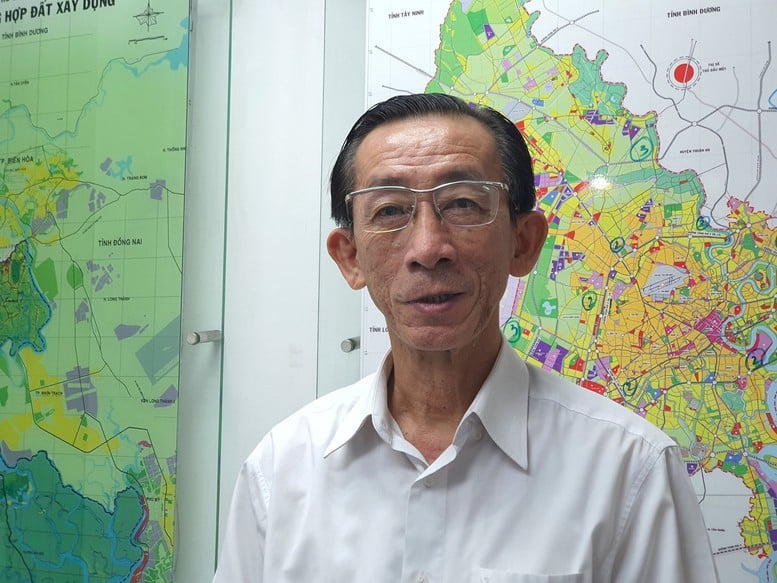
According to Associate Professor, Dr. Tran Hoang Ngan, in the first years after liberation, the City had to go through a period full of difficulties and challenges - Photo: VGP
According to Associate Professor, Dr. Tran Hoang Ngan, in the first years after liberation, the City had to go through a period full of difficulties and challenges when it had to overcome the consequences of war, while also facing the difficulties of the centralized planning mechanism, bureaucracy, subsidies and challenges from the border war; at the same time, it had to maintain political stability and ensure social security.
According to Mr. Ngan, in the 10-year period (1975-1985), the City's gross local product (GDP and now GRDP) only increased by an average of 2.7% per year. But the real turning point came in 1986, when the 6th National Party Congress proposed the policy of building a socialist-oriented market economy with many economic sectors. The City made efforts to develop its socio-economy, gradually affirming its position and brand as the economic locomotive of the whole country.
The city was untied, like a "spring" released, many types of businesses were born, the city's economy grew continuously, in the period 1986-1990 it grew 7.82%/year (the whole country 4.4%). In the period 1991-2010, the city had an average double-digit economic growth rate (11-12%/year).
In the period 2011-2015, the City's GRDP grew by an average of 7.22%/year, 1.2 times higher than the country's overall growth rate. At this time, many bottlenecks began to appear, like "a shirt that is too tight" for the City's increasingly large scale in terms of the institution of a megacity, socio-economic infrastructure, especially transport infrastructure.
In the 2016-2020 period, GRDP increased by an average of 6.41% per year (due to the impact of the COVID-19 pandemic, in 2020, the City only grew by 1.16%, lower than the country's growth of 2.9%).
"Where there is good land, there are birds"
From a land heavily damaged by war, Ho Chi Minh City has risen to become a symbol of opportunity and innovation. Every street corner and every road carries within it the breath of creativity, reflecting the pioneering spirit of this land.
According to Dr. Tran Du Lich, Chairman of the Advisory Council for the implementation of Resolution No. 98, thanks to its geo-economic advantages, Ho Chi Minh City is considered a center of international economic exchange; its economic infrastructure is developing; its urban infrastructure is taking shape as a modern megacity; its team of entrepreneurs and the number of enterprises account for nearly 1/3 of the whole country. This is also the place where entrepreneurs from most provinces and cities in the country set up their businesses; it has advantages in terms of science and technology team and human resource training facilities...
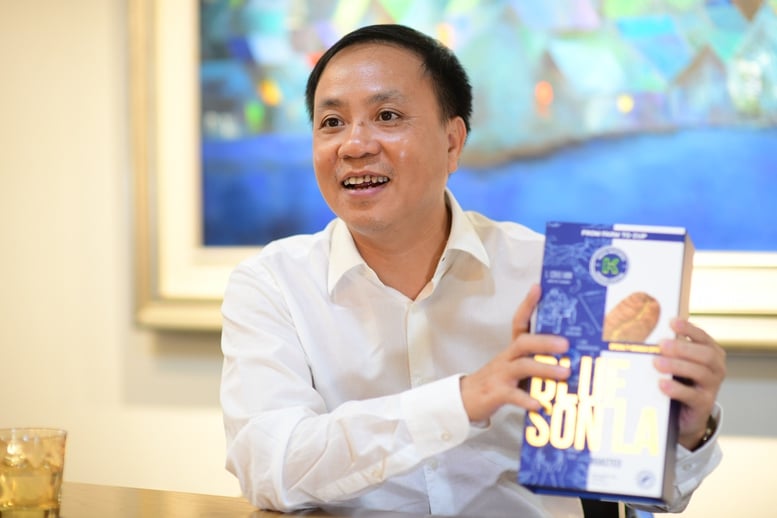
Mr. Phan Minh Thong, Chairman of the Board of Directors of Phuc Sinh Joint Stock Company, shares the reason for choosing Ho Chi Minh City as a place to start a business.
Born in 1975 in Hai Phong, studying in Hanoi, Mr. Phan Minh Thong, Chairman of the Board of Directors of Phuc Sinh Joint Stock Company, chose Ho Chi Minh City as the place to start a business.
When he started Phuc Sinh, he started from zero. With limited capital, he had to learn everything by himself, from market research, finding customers to financial management. There were even days when he was the director, sales staff and delivery man.
But along with the rapid development and deep integration of the City, Phuc Sinh has also gradually taken advantage of its advantages to develop strongly. In the first years of business, the company only reached 200,000 USD, but by 2024, the revenue reached 320 million USD.
Mr. Thong shared that his generation grew up in the context of the country's transition from a subsidized economy to a market economy. Despite the difficulties, this was also a time full of opportunities. Economic reform in 1986 opened the door for entrepreneurship and the development of private enterprises. "We were the pioneers who took advantage of that opportunity to bring Vietnamese products far and wide," he proudly shared.
Ho Chi Minh City is not only the cradle of young entrepreneurs but also a pioneer in modern economic development models. Mr. Pham Binh An, Deputy Director of the Ho Chi Minh City Institute for Development Studies, commented that the City is in the process of promoting digital transformation, promoting the development of new business models based on digital platforms, contributing to the overall development of the digital economy. The proportion of the digital economy contributing to the City's GRDP in 2023 is 21.5%, an increase of 8.9% compared to 2020.
The city is also the headquarters of most of the country's major e-commerce businesses and support services, attracting many businesses to participate in popular forms: E-commerce platforms (Shopee, Lazada, Tiki), selling via social networks, online platforms (Facebook, Instagram, Tiktok...).
Sharing economy platforms, connecting users in need with sellers of idle services or products, popular fields: Delivery, transportation (Grab, Gojek, Be...), accommodation (Airbnb), car sharing (BeCar, GoCar...), labor services (btaskee)... develop strongly because of cost savings, resource optimization, and creating additional income for participants.
Many businesses are participating in providing financial technology services through digital platforms such as personal finance (digital asset management services, money transfer), digital payment (online shopping, POS), alternative finance (P2P lending...), Insurtech online insurance (online insurance for life, health...), B2C financial services (banking, credit, insurance)...
Along with technological development, the City also promotes the greening trend in the economy. Many businesses have shifted to research and development, production and trading of environmentally friendly products and services to meet consumer and export needs. The City has taken many measures to promote green business models such as energy service models, green transportation service models, office equipment rental service models and circular economic development.
Anh Tho - Khanh Linh
Continued: Part 2: Reform breakthrough, affirming the position of economic 'locomotive'
Source: https://baochinhphu.vn/kinh-te-tphcm-di-truoc-ve-truoc-trong-ky-nguyen-moi-102250409104518115.htm




![[Photo] More than 17,000 candidates participate in the 2025 SPT Competency Assessment Test of Hanoi National University of Education](https://vphoto.vietnam.vn/thumb/1200x675/vietnam/resource/IMAGE/2025/5/17/e538d9a1636c407cbb211b314e6303fd)
![[Photo] Readers line up to visit the photo exhibition and receive a special publication commemorating the 135th birthday of President Ho Chi Minh at Nhan Dan Newspaper](https://vphoto.vietnam.vn/thumb/1200x675/vietnam/resource/IMAGE/2025/5/17/85b3197fc6bd43e6a9ee4db15101005b)

![[Photo] Prime Minister Pham Minh Chinh chairs meeting on science and technology development](https://vphoto.vietnam.vn/thumb/1200x675/vietnam/resource/IMAGE/2025/5/17/ae80dd74c384439789b12013c738a045)


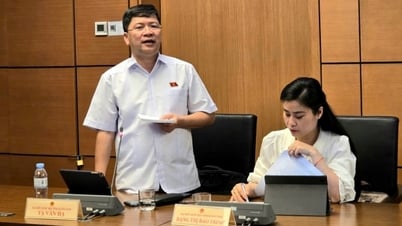
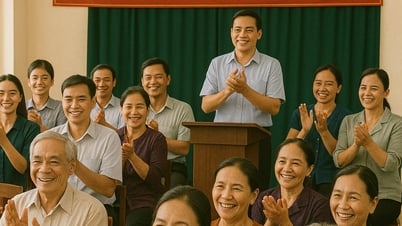
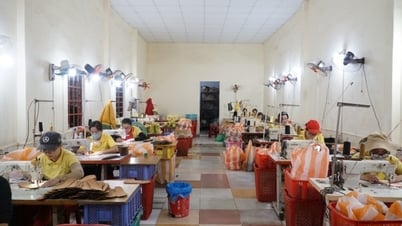





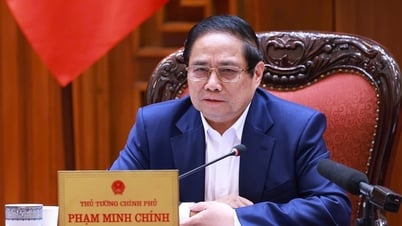
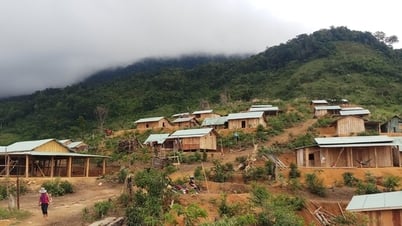
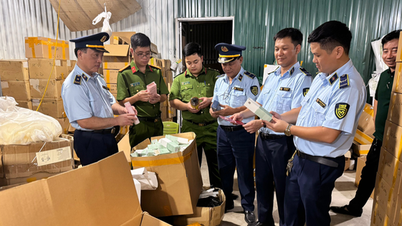


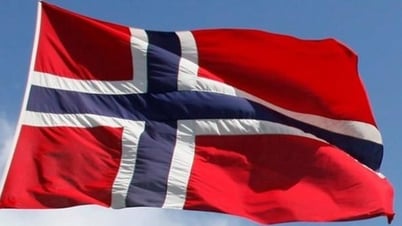
![[Photo] Nearly 3,000 students moved by stories about soldiers](https://vphoto.vietnam.vn/thumb/1200x675/vietnam/resource/IMAGE/2025/5/17/21da57c8241e42438b423eaa37215e0e)


















































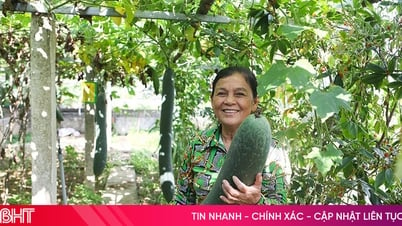
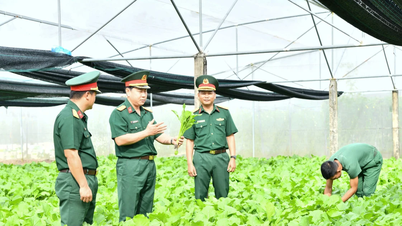

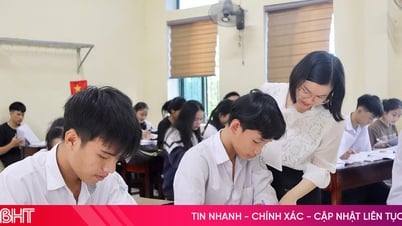
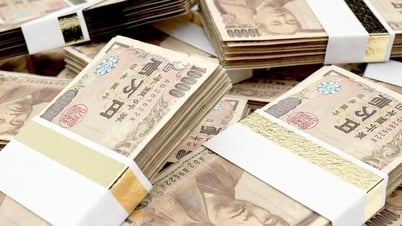


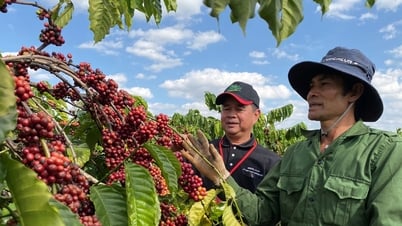











Comment (0)